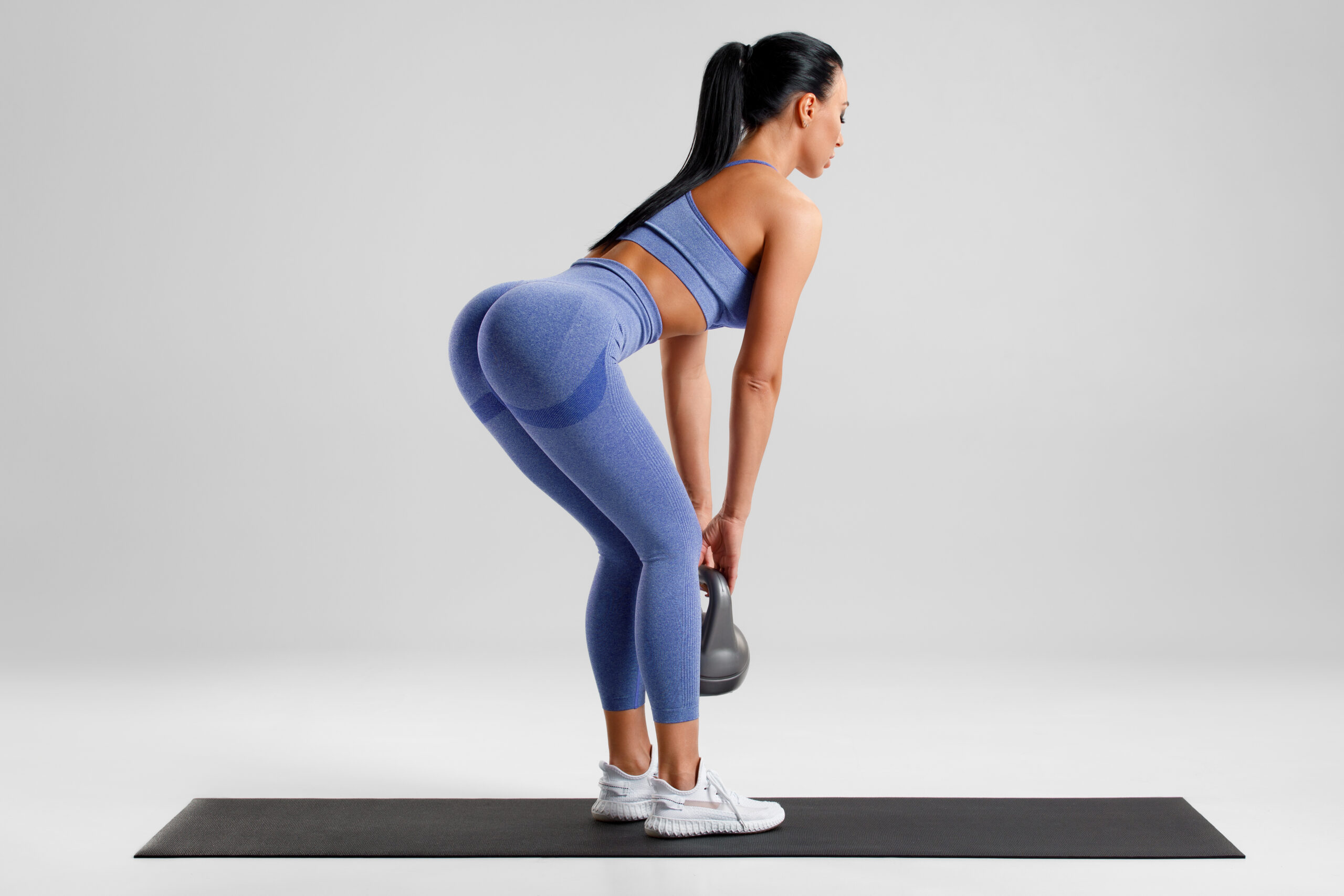Stress is an inevitable part of life, and it can have a major impact on both our mental and physical health. When we experience stress, our bodies release a hormone called cortisol, which can have negative effects on our health if it is present in high levels for prolonged periods of time. In this essay, we will explore the effects of stress on the body and ways to manage it.
One of the most immediate effects of stress on the body is increased heart rate and blood pressure. When we are under stress, our bodies release adrenaline, which causes our heart rate and blood pressure to increase. This is known as the “fight or flight” response, and it is designed to help us respond to danger. However, when stress is prolonged, it can lead to chronic high blood pressure and an increased risk of heart disease.
Stress can also have a negative impact on the immune system. When we are under stress, our bodies release chemicals that can suppress the immune system, making us more susceptible to infections and illnesses. Additionally, stress can also lead to inflammation in the body, which can increase the risk of chronic diseases such as heart disease and diabetes.
Stress can also have a negative impact on our mental health. Chronic stress can lead to feelings of anxiety and depression, and can also contribute to the development of mental health conditions such as post-traumatic stress disorder (PTSD) and anxiety disorders.
Managing stress is essential for maintaining overall health and well-being. One of the most effective ways to manage stress is by practicing mindfulness and meditation. These practices can help to reduce feelings of stress and anxiety, and improve overall well-being. Additionally, regular exercise is also a great way to reduce stress, as it helps to release endorphins, the “feel-good” hormones.
Another way to manage stress is by engaging in activities that you enjoy, such as reading, listening to music, or spending time with friends and family. These activities can help to distract you from stressors and improve your overall mood.
Furthermore, it is also important to prioritize self-care, such as getting enough sleep, eating a healthy diet, and practicing good sleep hygiene. These activities can help to support the body’s natural stress response and reduce the negative effects of stress on the body.
In conclusion, stress is an inevitable part of life and it can have a major impact on both our mental and physical health. Prolonged stress can lead to chronic high blood pressure, increase the risk of chronic diseases such as heart disease and diabetes, and negatively impact our mental health. Managing stress through mindfulness and meditation, regular exercise, engaging in activities that you enjoy, and practicing self-care can help to reduce the negative effects of stress on the body and improve overall well-being.

 Politics2 years ago
Politics2 years ago
 Politics1 year ago
Politics1 year ago
 Health1 year ago
Health1 year ago
 Politics1 year ago
Politics1 year ago
 Politics2 years ago
Politics2 years ago
 Politics1 year ago
Politics1 year ago
 Entertainment2 years ago
Entertainment2 years ago








